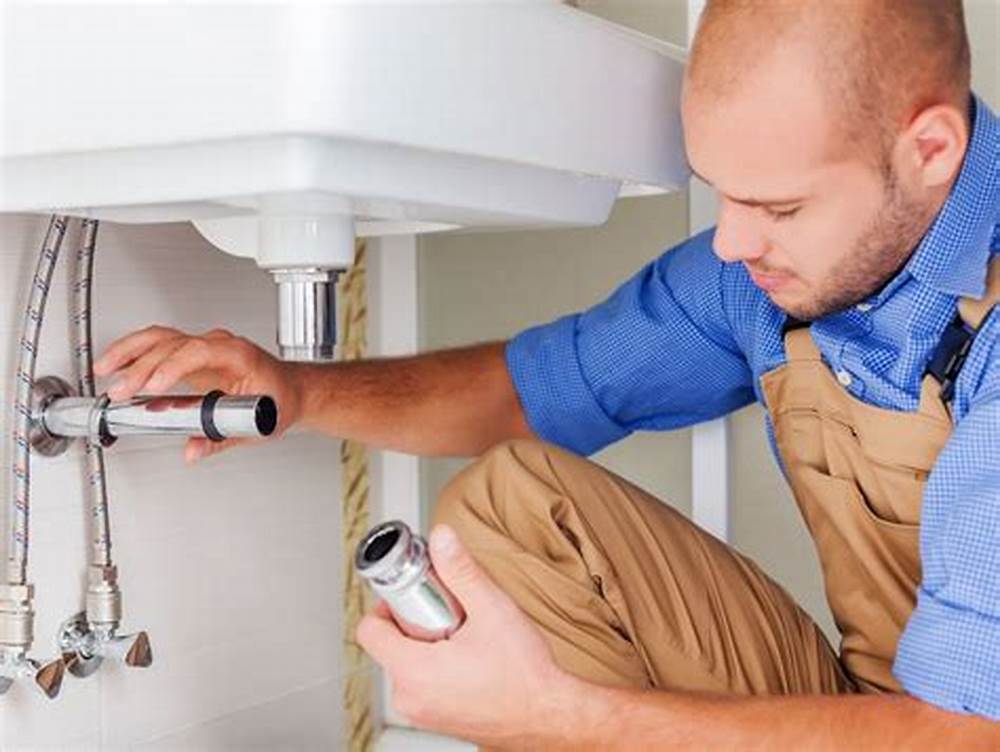3 Ways To Find Leaks In Faucets In Mira Mesa

Water is a precious resource. But with rising utility bills and concerns about water conservation, finding and fixing faucet leaks has become even more crucial. A dripping faucet not only leads to water wastage but can also cause damage to your home and significantly increase your monthly water bills. However, detecting these leaks can sometimes be a bit challenging. Here are three effective ways to identify faucet leaks.
-
The Sound And Sight Method
This is the most straightforward technique. Leaks are often heard before they are seen. If you ever hear the incessant drip-drop sound, especially during the silent night hours, you might have a leak. The next step is to visually inspect each faucet:
Listen closely for the sound of dripping water. Visually inspect the faucet for any visible water droplets or wetness. If you find water droplets, even if they are minor, it’s a clear indication that you have a leaky faucet. This method works best for more noticeable leaks.
-
The Tissue Test
Sometimes leaks can be so minor that they are not visible to the naked eye, nor can they be heard. For such elusive leaks, the tissue test comes in handy:
Place a dry tissue or paper towel around the base of the faucet or underneath the faucet where it connects to the sink. Wait for an hour or two without using the faucet. Check the tissue or paper towel. If it’s wet or damp, you have found your leak.
-
Water Meter Check
For a more systematic approach, especially when you suspect a leak but can’t locate it, the water meter can help: Ensure that no water is being used inside or outside of your home. This means no showers, no laundry, no dishwasher running – nothing. Take a reading from your water meter and write it down. Wait for an hour or two, ensuring no water is used during this time. Check the meter again. If it has changed, there’s a good chance you have a leak somewhere in your home. If the meter indicates a leak but you cannot find it in any faucet using the above methods, the problem might be elsewhere in your home plumbing.
FAQs
Why Do Faucets Start Leaking In The First Place?
Faucets can start leaking due to a variety of reasons. The most common cause is wear and tear of internal parts, such as the O-ring or the washer. Over time, these parts can become worn out or misaligned, leading to leaks.
How Much Water Is Wasted By A Dripping Faucet?
Even a small drip can add up. A faucet dripping once per second can waste over 3,000 gallons in a year. That’s the equivalent of taking about 180 showers!
Can Fixing A Leaky Faucet Help Reduce My Water Bills?
Absolutely! Fixing leaks promptly can help in conserving water and reduce your monthly water bills. Remember, even a minor leak can result in a significant amount of wasted water over time.
Detecting and addressing faucet leaks is essential for both water conservation and reducing utility bills. While some leaks are apparent and easy to identify, others require a bit of detective work. By using the methods outlined above, homeowners can effectively locate leaks and take timely action. Always remember, acting early can save you money and prevent potential damage to your home. Whether you fix the issue yourself or hire a professional, addressing leaks is a step towards responsible homeownership.
Conclusion
Contact us today at (858) 567-0544, and Courtesy Plumbing will get you!


Leave a Reply
You must be logged in to post a comment.